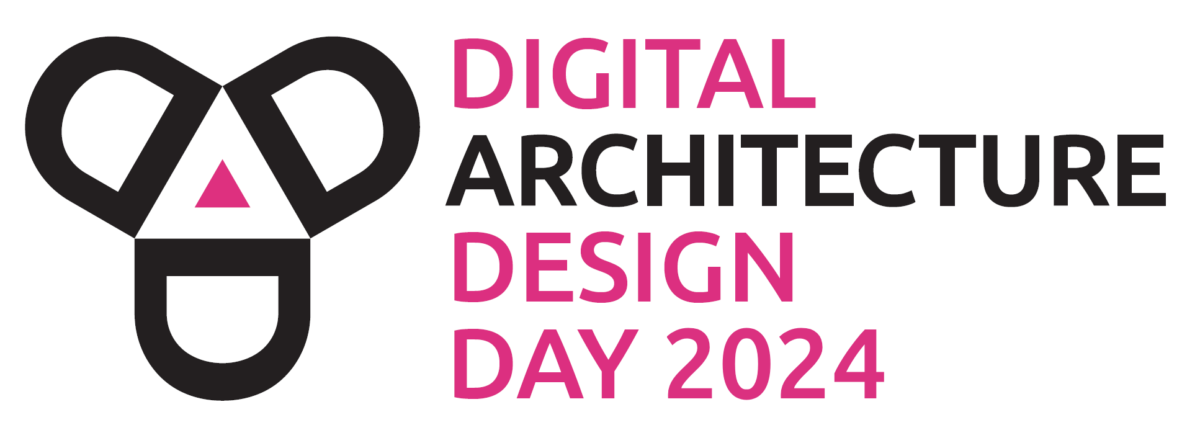Implementing TIME framework can be a complex process without a clear structure or the right tool. Therefore, we recommend using next-insight to accelerate and amplify your Enterprise Architecture Management practice; the worlds leading low-code for enterprise architecture management.
We help you gain control over your IT landscape and start planning with roadmaps to keep processes and data up-to-date. If you need help to get started, or a tool that can accelerate your journey, don’t hesitate to reach out to us!



